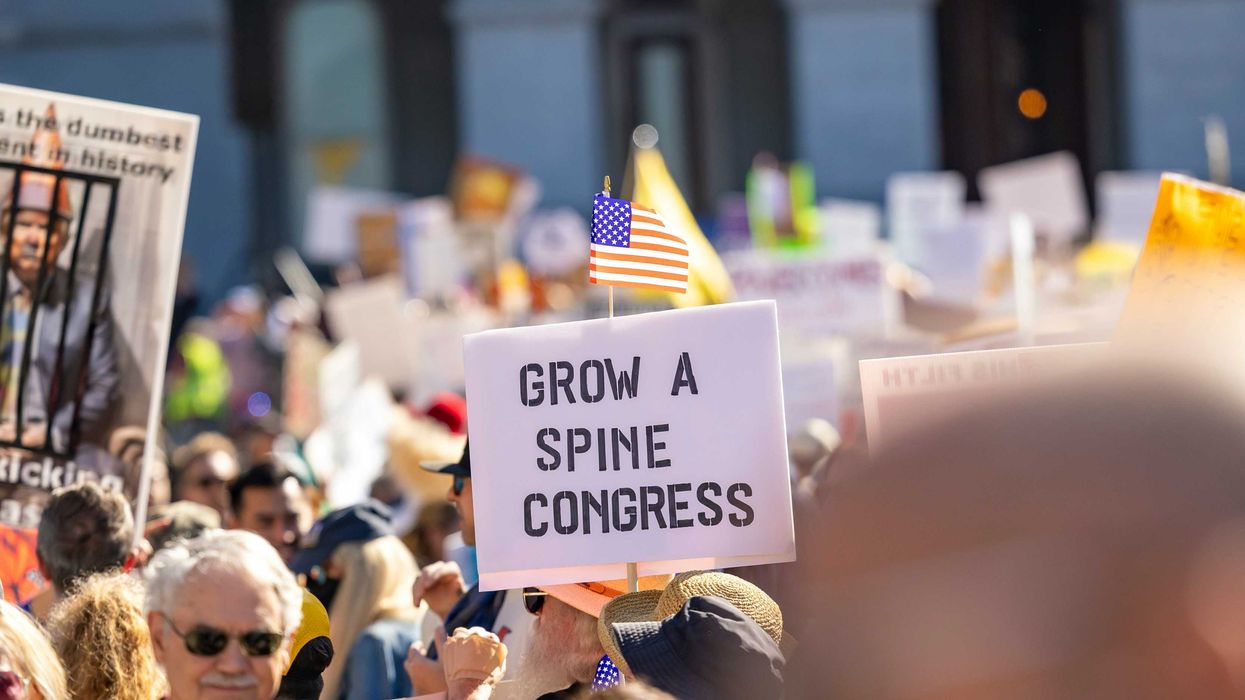Corbin is professor emeritus of marketing at the University of Northern Iowa.
According to the most recent data from Pew Research Center, National Election Studies, Gallup, ABC/Washington Post, CBS/New York Times and CNN Polls, only one-fifth of Americans say they trust the federal government to do what is right. The June 12 headline from NBC News article sums it up: “ Americans agree on one thing: DC isn’t getting the job done.”
Thanks to tainted social media, prejudice-laden cable news, biased left- and right-wing think tanks and the disinformation and misinformation provided by politicians and their parties, one can only surmise Americans are greatly divided.
The surprising reality is Democrats, Republicans and independents agree on more issues – about 150 – than they disagree.
Here are some examples:
Abortion: Sixty-one percent of Americans think abortion should be legal in all or most cases (Pew Research Center, June 13).
Gender issues: Gallup notes in a 2022 report that 71 percent of Americans support marriage between people of the same sex.
Gun control: Background checks are favored by 89 percent of the public. Banning assault weapons has 63 percent support, while 64 percent want to ban high-capacity magazines and 60 percent want a nationwide database to track gun sales (ABC News, May 27).
Immigration: Sixty-two percent of Americans feel immigrants strengthen the country; a complete reversal of the position expressed in 1994 (Pew Research Center, Jan. 31, 2019).
Voting: Data for Progress reveals 66 percent of voters want to prevent state lawmakers from overturning elections, while 60 percent support universal vote-by-mail and a majority want to make it easier to vote (Sept. 24, 2021).
Health care: Providing Medicare for all Americans to ensure everyone has health care coverage garners 69 percent support (The Hill, Apr. 24, 2020).
Cannabis: NORML reveals from its Apr. 8 research that 69 percent of Americans support legalizing cannabis plus 60 percent favor expunging cannabis-related convictions.
Racial justice: Eighty-six percent of citizens agree that racism is a problem and 87 percent believe books that discuss race or slavery should never be banned (CBS News, Feb. 22).
Taxes: An Oct. 16, 2021, Vox article notes 71 percent of voters support raising taxes on the wealthiest 2 percent of Americans.
The Program for Public Consultation at the University of Maryland released an Aug. 7, 2020, report identifying nearly 150 issues on which the majority of Republicans and Democrats agree, including:
- Social Security: Raising the cap on income subject to the payroll tax to $215,000 or more.
- Poverty programs: Increasing funding for the Supplemental Nutrition Assistance Program.
- Energy and environment: Reducing U.S. greenhouse gas emissions by 2 percent a year and providing tax incentives to promote clean energy.
- Government reform: Overturning the Supreme Court’s Citizens United decision and regulating campaign financing.
- International trade: The United States should continue participating in the World Trade Organization and rejoin the Trans-Pacific Partnership that former President Donald Trump abandoned in 2017.
- Federal budget: Roll back the tax cuts from Trump’s 2017 tax bill, impose a 4 percent surtax on income over $5 million and add a 1 percent surtax on corporate income over $100 million.
Let’s face it. Polarization has largely been brought on by political parties wanting to be in control and – let’s not forget – ego-driven and power-hungry politicians.
Examine the 15 issues identified above and note if your legislator is working counter to the will of the people. If so, vote the bums out. If your legislator’s voting record is in accordance with the majority of Americans, do your level best to insure their re-election.
Americans of all political persuasions are together on over 150 issues. But, now – more so than ever – we must have legislators who represent us before their party. For them to do otherwise is a dereliction of duty.



















